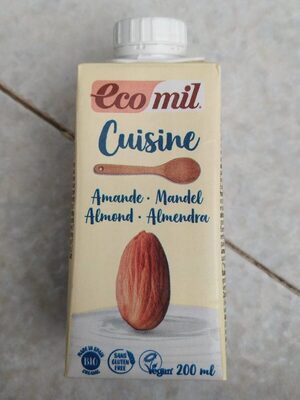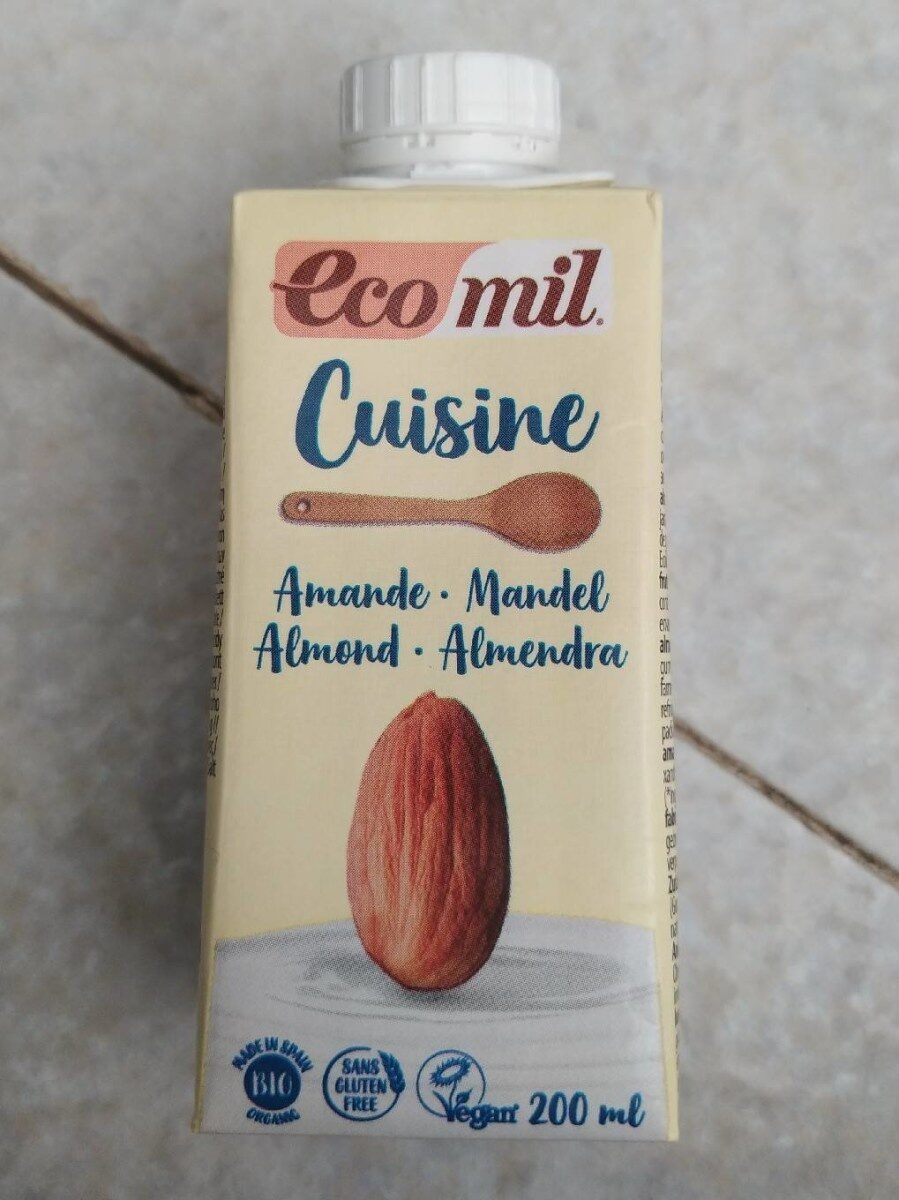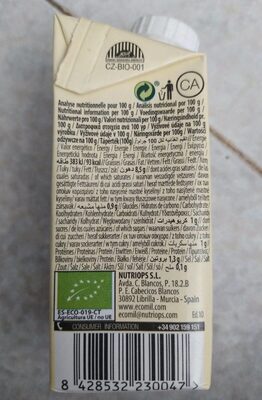Cuisine Amande - ECOMIL - 200 ml
Aquesta pàgina del producte no està completa. Podeu ajudar a completar-la editant-la i afegint-hi més dades a partir de les fotos ja disponibles, o fent-ne més amb l'aplicació de androide o iPhone / iPad. Gràcies!
×
Codi de barres: 8428532230047 (EAN / EAN-13)
Nom comú: Crème d'amande
Quantitat: 200 ml
Empaquetament: Tetra Brik, fr:U.H.T.
Marques: ECOMIL
Categories: Aliments i begudes amb base vegetal, Aliments amb base vegetal, en:Plant-based creams, en:Plant-based creams for cooking, en:Almond-based creams for cooking
Etiquetes, certificacions, premis:
Lliure de gluten, Orgànic, Vegetarià, Orgànic UE, Agricultura No-UE, Vegà, CZ-BIO-001, ES-ECO-019-CT, ES-ECO-021-EX, Agricultura UE, Procedent d'agricultura UE/no UE, Punt verd, Sense lactosa, La Societat Vegana, es:Meilleur Product Bio 2016


Llocs de fabricació o processament: España
Codi de traçabilitat: ES 26.02836/MU CE, NUTRIOPS S.L.
Enllaç a la pàgina del producte en el lloc oficial del productor: http://www.ecomil.com/sin-lactosa-sans-l...
Botigues: Carrefour, Hipercor, La vie Claire, Eau Vive
Matching with your preferences
Report a problem
Fonts de dades
Producte afegit per javichu
Última modificació de la pàgina del producte per thaialagata.
La pàgina del producte, també editada per acuario, aude31, date-limite-app, fix-ingredientes-bot, inf, kiliweb, moon-rabbit, musarana, neptuno, openfoodfacts-contributors, quechoisir, ramses16, roboto-app, scanbot, yuka.UmFsYVNJOGF1NkZVdlBKdnBCNzZwZmQ3OTVLVVJXeU9KKzlOSUE9PQ, yuka.sY2b0xO6T85zoF3NwEKvlhF9b4fzhi3cCkTVoUSFn86fJMCxT89c8rHDK6g.













